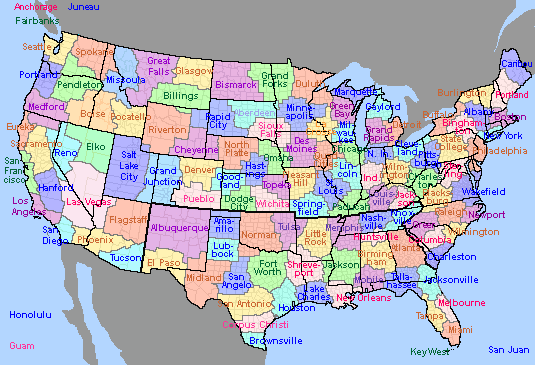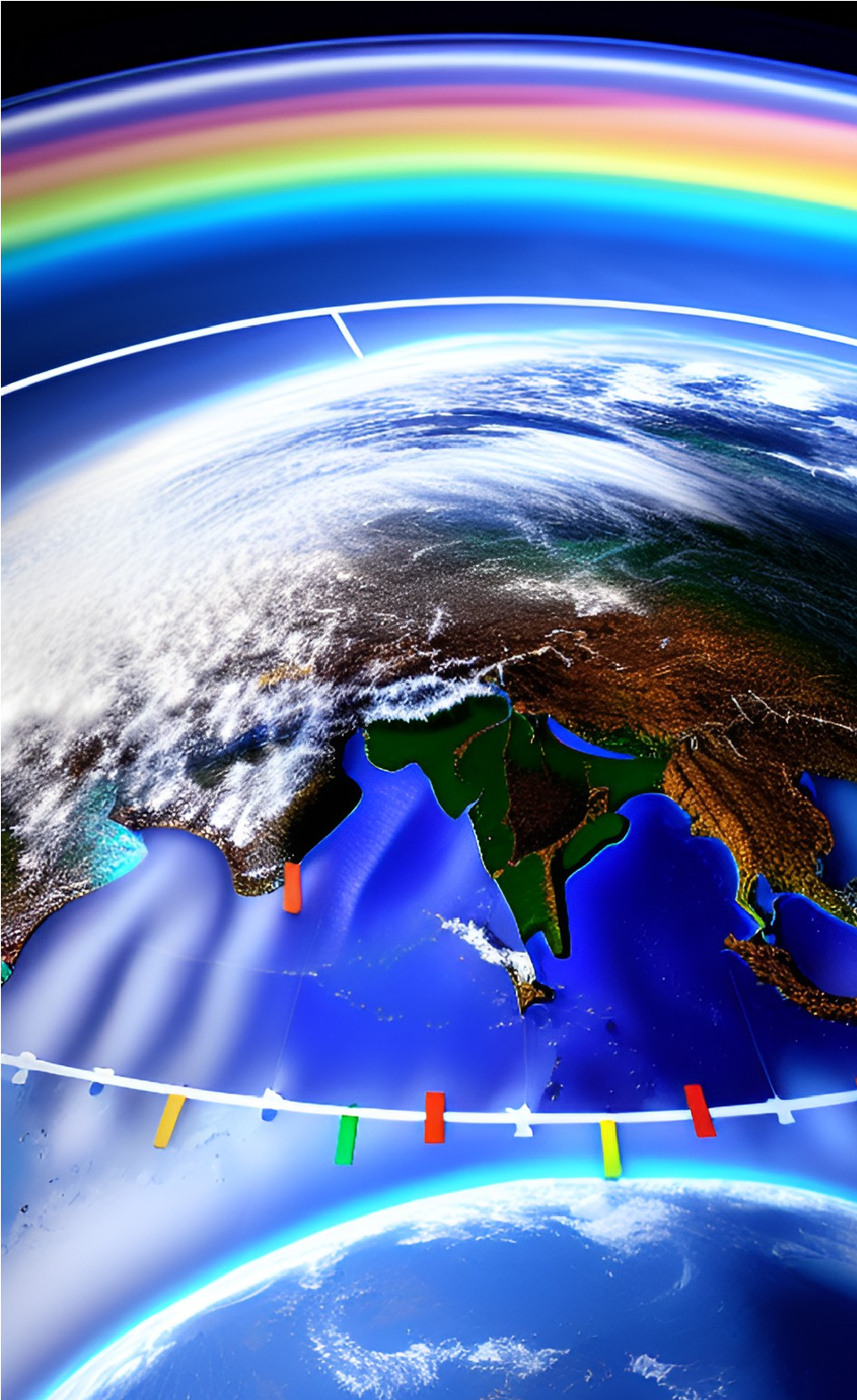- Air Homepage
- Weather Maps
- National Weather Website
Learn how to use the National Weather website
Learn about your national weather website. Americans need it for a lot of reasons. One thing is you'll have a handy place for local forecasts. You can see national weather maps to see where the action is. Here's what's coming up.
Become a meteorologist instead of relying on basic apps. The national weather website is more than a seven-day forecast. It's your digital command center for safety, travel, and the environment. US National Weather Service: Your Digital Lifeline.
Search for more weather info.
There's also info on storms, severe weather, and lightning...Enlightening! NOAA, the National Oceanic and Atmospheric Administration, has a national weather service website. Current weather conditions and forecasts for your state are just a click away.
Why is it important? There are a lot of reasons why national weather websites are important:
- Public weather websites provide accurate and up-to-date weather information. It's essential for planning outdoor activities, travel, and travel.
- Extreme weather forecasts: National weather websites are great for forecasting hurricanes, tornadoes, and blizzards. People can take precautions and evacuate if needed with these forecasts.
- In case of severe weather or other natural disasters, national weather websites send out emergency alerts. It can save lives and prevent property damage.
- Agricultural, transportation, and construction industries rely on accurate weather information to make informed decisions. These industries can plan and operate more effectively with weather information from national weather websites.
- Monitor long-term weather patterns and climate change with national weather websites. Climate change policies and strategies depend on this information.
The air quality map shows you how much ozone is the air in your area. River levels are shown on other maps.
Keep Safe and Informed with National Websites
Find out when and where the last flood was, and how deep the river is right now. Check this one out if you're Canadian. Environment Canada's national weather website, for example, provides information on weather conditions, climate trends, and severe weather alerts.
Canadians need this info to prepare for extreme weather conditions, like blizzards, ice storms, and heat waves. Climate change and weather-related impacts on agriculture, forestry, and transportation are also covered on the website.
Here's one for the Aussies. Weather forecasts, warnings, and observations are available on Australia's national weather website, operated by the Bureau of Meteorology. There's also information on climate change, droughts, and bushfires.
There are a lot of weather conditions Australians must prepare for, including tropical cyclones, heatwaves, and floods. Agriculture, mining, and energy industries rely on accurate weather information to make critical decisions.
Yes, national weather websites are important for Canada and Australia too. Every country's weather website is an essential resource for its citizens, industries, and government.
Where did the American one come from? Founded on October 3, 1970, the National Oceanic and Atmospheric Administration (NOAA) is a federal scientific agency. It was originally called the National Weather Bureau. Other countries, like Australia and Belize, call their national weather organization a bureau.
Its roots go back to 1807 when the United States Coast Survey was established to map the country's coastline. One century after President Ulysses S. Grant organized and signed into law the Weather Bureau, the name changed. Still long before there was a national weather site.
Not just weather anymore... As time went on, the agency's responsibilities expanded to include monitoring oceanic and atmospheric conditions, conducting research, and providing data and information to various industries. NOAA's mission is to understand and predict changes in the Earth's environment, including the oceans, atmosphere, and coastal regions, as well as to conserve and manage coastal and marine ecosystems.
Thousands of scientists, engineers, and support staff work at NOAA to provide critical weather, climate, ocean, and coast information and services. The NOAA also manages and protects marine and coastal resources, conducts research and development, and works with partners to improve our understanding of the planet.
Use the National Weather Website to Teach your children well
The Jetstream online school is a cool feature on the US National Weather NOAA website. Here you'll find links to information about any aspect of weather you're interested in.
It's great for homeschoolers or teachers for any age. Ten different categories of weather information are covered with lesson plans and interactive review questions.
These lesson plans and questions help reinforce the material and make learning more fun. In addition, it lets students explore different topics and understand the complexities of each category. Thunderstorms, tropical weather, global circulations, and lightning fall into these categories.
Teachers can keep up with local weather on the NOAA weather website. Weather forecasts are now more accurate and efficient than ever thanks to modern technology. You can find those demos here.
National weather websites are a great resource for individuals, businesses, and governments, helping to keep people safe and make informed decisions.
Go back from National Weather Website to the Forecast Map Weather page now.
Search this site for more information now.
What weather information do you need from the National Weather Service?
Is there a national weather website in your country? You would benefit from knowing how to use it to obtain air information.
Do you have concerns about air pollution in your area??
Perhaps modelling air pollution will provide the answers to your question.
That is what I do on a full-time basis. Find out if it is necessary for your project.
Have your Say...
on the StuffintheAir facebook page
Other topics listed in these guides:
The Stuff-in-the-Air Site Map
And,
Thank you to my research and writing assistants, ChatGPT and WordTune, as well as Wombo and others for the images.
OpenAI's large-scale language generation model (and others provided by Google and Meta), helped generate this text. As soon as draft language is generated, the author reviews, edits, and revises it to their own liking and is responsible for the content.




New! Comments
Do you like what you see here? Please let us know in the box below.